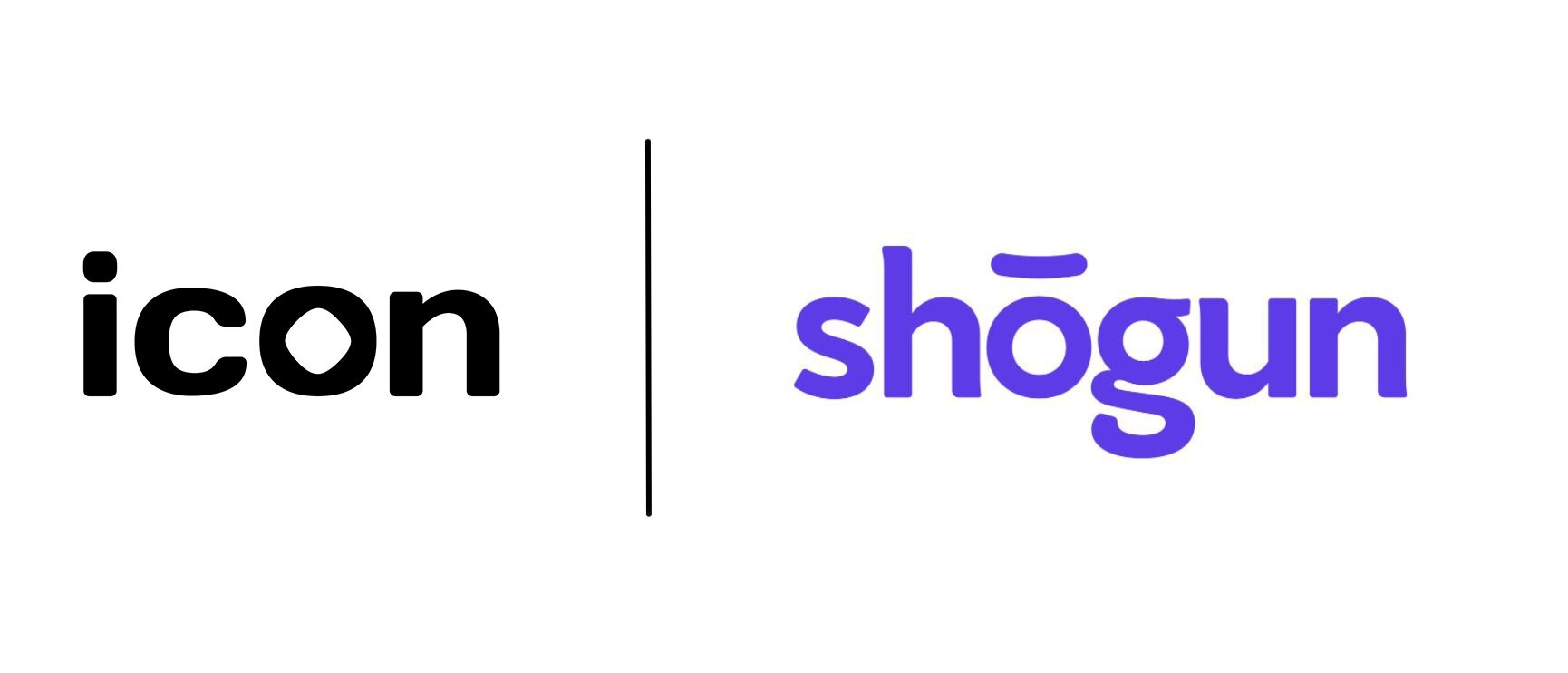Nick Raushenbush is the co-founder of Shogun, a custom storefront tool that helps DTC merchants create stunning, fast-loading custom storefronts that drive more conversions, revenue, and brand loyalty. As both a founder, angel investor, and operator, Nick’s knowledge spans eCommerce, SaaS, and startups. In our conversation, we dive deep on:
- Shogun’s big break and its next commerce evolution
- Optimizing for user needs in product development
- How merchants can start test driving headless commerce
“Consumer expectations have changed drastically over the past decade. They expect quick, seamless, and exciting mobile experiences. And the correlation is there. It’s their experience that converts directly into revenue dollars.”
The Early Days: Learning from Customers
Shogun was able to win over 20,000+ loyal eCommerce customer brands with their first product, Shogun Page Builder: a drag and drop page-builder app for customizing Shopify storefronts.
The product has made it super easy to design and A/B test landing pages, blog pages, & product pages, without the need to code. However, it wasn’t clear from the start that Shogun would become software for shopping.
But by listening to partners and clients in the early stages, Shogun pivoted into the eCommerce ecosystem. Over time, by slowly addressing more and more client pain points, Shogun nailed its MVP.
“We exhausted trying to sell the original version of Shogun until we got feedback from an agency. They told us eCom was going to be a big thing. And if we made this software work seamlessly with Shopify, they’d have clients for us."
How to Build Customer-Centric Products
Once the Shogun team refined its earliest MVP, the customers started flowing in.
And with a distinct category focus, Shogun continued to craft its core product to match the evolving needs of merchants within the Shopify ecosystem and expanded to BigCommerce and Salesforce Commerce Cloud. Nick points out that during this early growth stage, his team “Listened to customers, took their feature requests, categorized them, and designed our roadmap based on their feedback.”
As the team got to know Shogun’s customers better, it became clear the Shogun Page Builder product was not only for small businesses and aspiring entrepreneurs but also SMB and mid-market enterprise brands.
The larger clients, though, had unique and complex feature requests around:
- Faster site speed and performance
- Richer visual merchandising (without site speed tradeoffs)
- Advanced content management use cases like internationalization (e.g., multi-store, multi-language, multi-currency)
Shogun built new features for Page Builder - but the requests kept coming - and it became clear that Shogun had an opportunity to evolve. At the same time, headless commerce was heating up.
In the broader landscape, headless technology was marketed as a magic serum for designing rich shopping experiences.
Merchants were saying they wanted it, encountered this buzzword, but they didn’t understand just how complex it was to stand up.
Shogun knew there was an opportunity to meet customers at their next phase of store growth, so it built a unified frontend platform, Shogun Frontend. The software simplifies the creation of rich, highly performant eCommerce experiences using Progressive Web App technology.
Brands like Nomad, TULA Skincare, OneBlade, and more are using it to transform their stores into a high-converting experience with greater merchandising capabilities, advanced content management, and unmatched performance.
“Our latest product, Shogun Frontend, is headless in the colloquial sense that you're using a different technology for your frontend than you are for your backend. But in reality, it’s more like a “head” for “headless” - software for codeless visual merchandising and content management that creates websites with unparalleled speed. We work in concert with eCom platforms and fully composable architectures, we've just brought a unified “no-code” platform to the frontend so it’s more accessible to merchants.”
The Shogun Playbook: Headless 101
Headless commerce decouples eCommerce website technology, exposing all functionality and data through APIs (application programming interfaces).
While traditional website storefronts come as a pre-packaged suite, headless commerce stores operate without the front-end (“head”) and rely on a system of requests between the presentation and application layers.
Shogun Frontend aims to make headless less of a headache, and more merchant-centric than ever. What used to be the realm of developers, Nick and the team are democratizing for non-technical eCommerce team members.
Phase one: should brands even adopt headless? (Hint: they shouldn’t)
According to Nick, headless architectures were rising to address the pain points experienced by successful and scaling merchants - namely around site performance and content management.
Additionally, pandemic behavior shifts and unprecedented levels of venture capital and private equity have made the eCommerce software vendor landscape flourish.
However, because headless architectures are API first and developer-oriented, many times they end up causing more pain than they solve for.
Nick believes that merchants don’t need “headless”, but instead a software solution that addresses the pain points around headless - namely:
- Advanced content management at scale
- Rich visual merchandising experiences
- Excellence in speed and performance
In this way, merchants benefit from a solution that is friendly to them (no code/low code) - empowering them to be more agile with content and reap the revenue benefits of a faster site. Customers also benefit from the improved experience (more fun merchandising interactions on the site, and of course, unparalleled site speed.
Phase two: which merchants should adopt headless?
To a merchant, segmenting and optimizing its front-end might seem like a no-brainer.
The value prop is there, but it requires deep tech talent - full-time software engineers - that are not always staffed on eCommerce teams. “You get a ton of power and flexibility when you decouple. You know what else you get? A ton of complexity and overhead cost,” Nick adds.
If a merchant has reached enterprise-level scale, Nick recommends going headless by:
- Assessing vendors in the headless, MACH, and composable commerce landscape
- Leveraging the functionality and flexibility that headless has to offer
- Carefully balancing the decoupling and consolidation of systems
If a merchant is still operating in mid-market, he advises holding off on headless and waiting to double down on new tech until they have in-house engineering resources and at least hundreds of millions in GMV.
In the case that the merchant is interested in software built to address the value props of headless, they might want to check out Shogun Frontend, which includes:
- The ability to execute content management at scale
- The ability to create Rich visual merchandising experiences
- The ability to have a site that has unparalleled speed - increasing conversion and AOV
The eCommerce space is changing rapidly - from new entrants to increasing customer demands. In Nick’s words, one thing will always remain true: winning technologies will be those that were designed with and for the customer. Ultimately, that’s Shogun’s northstar.









